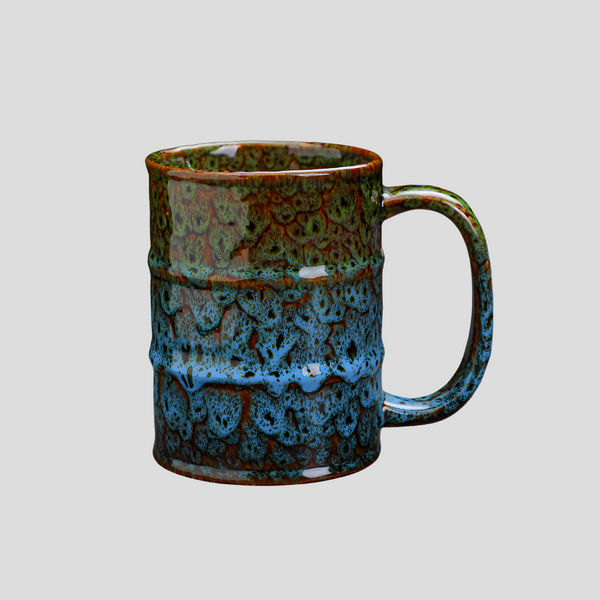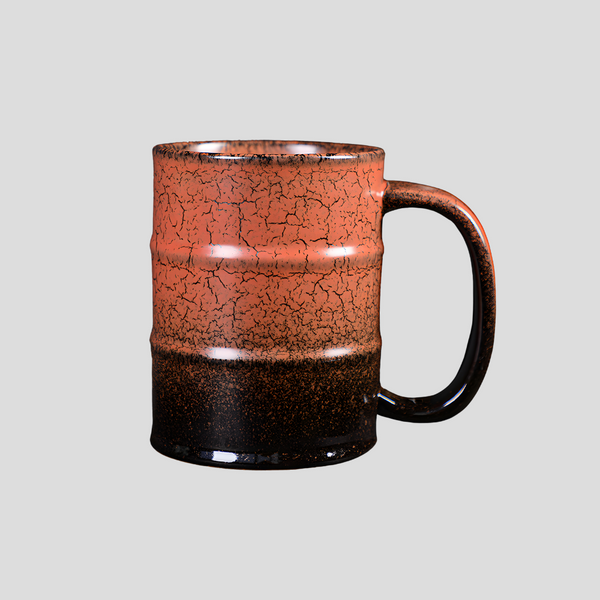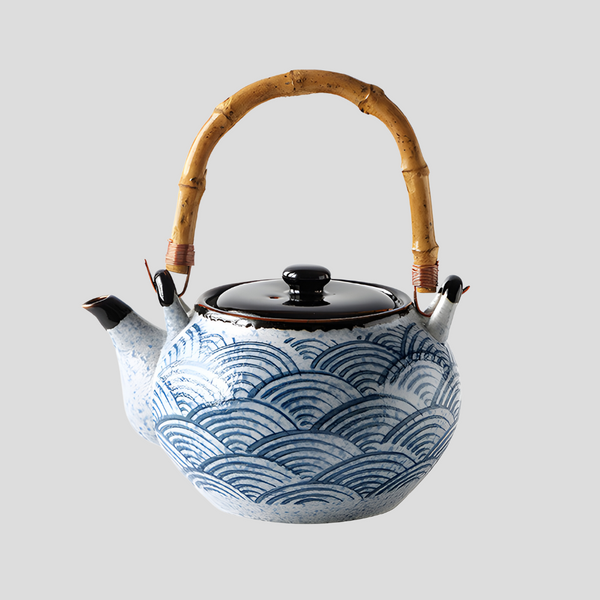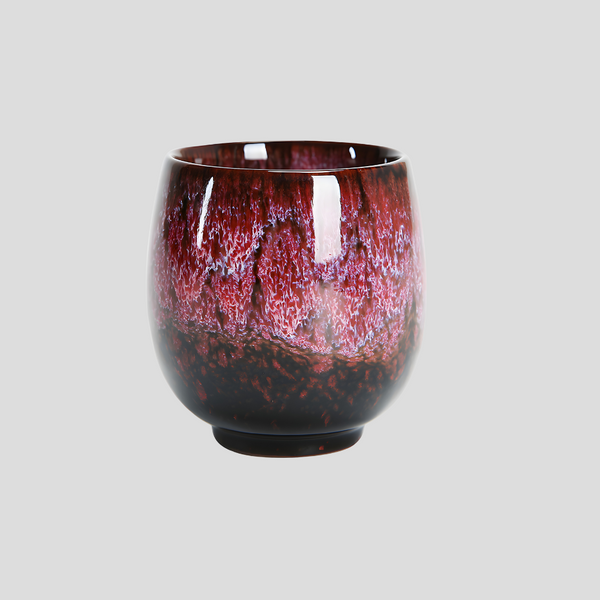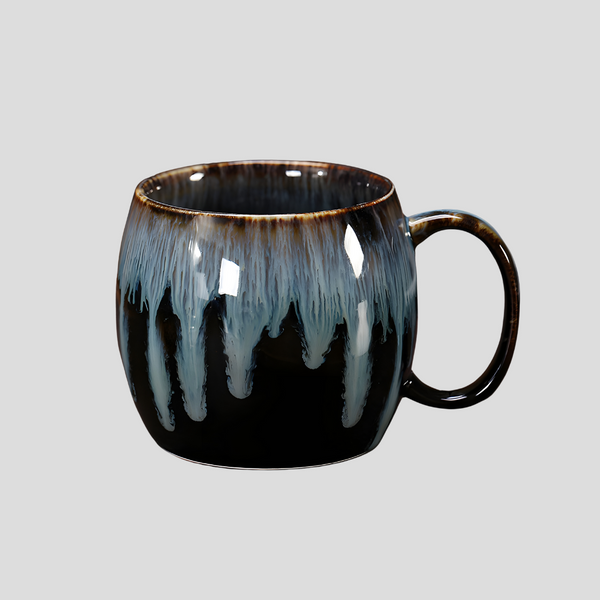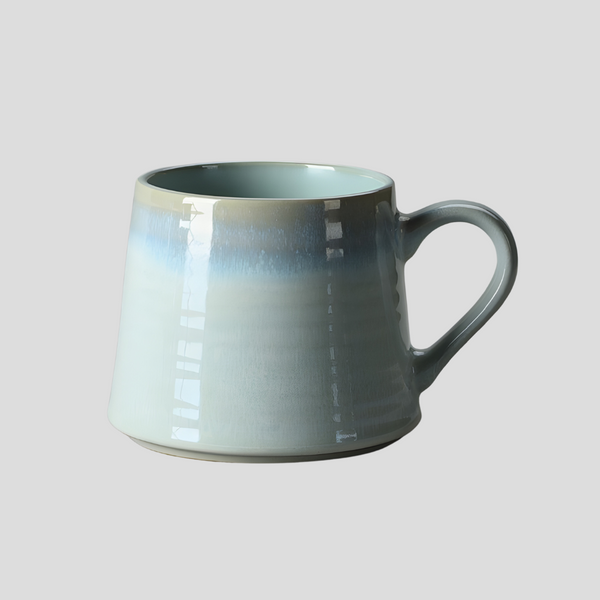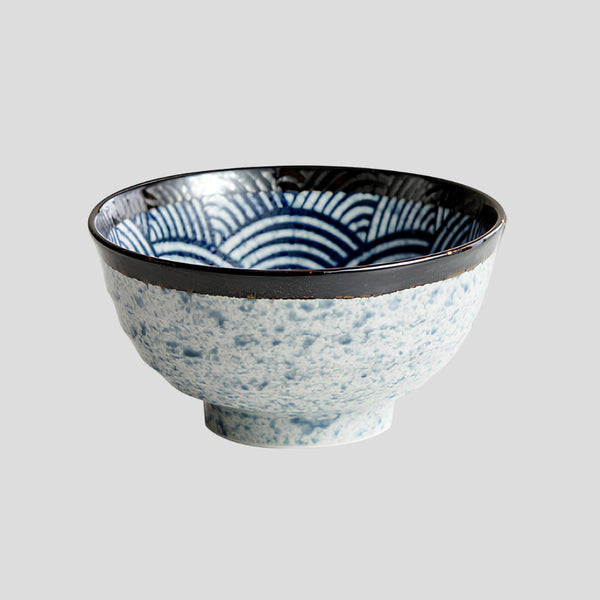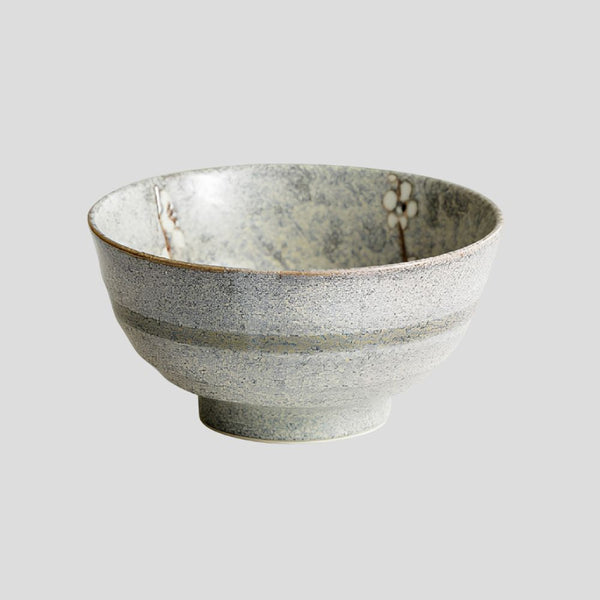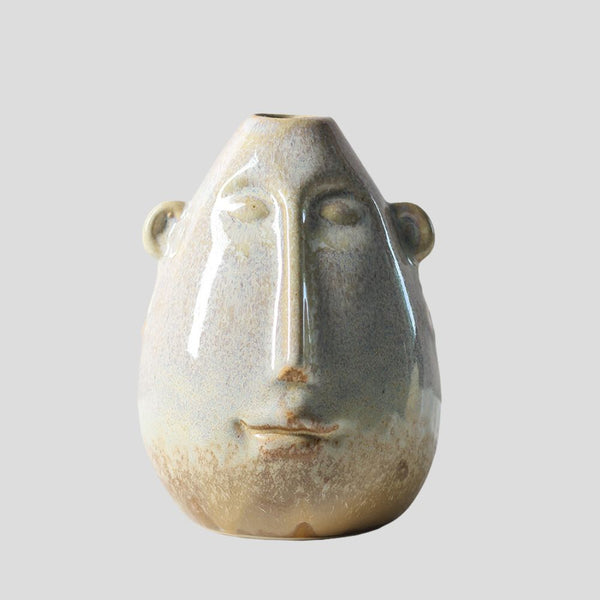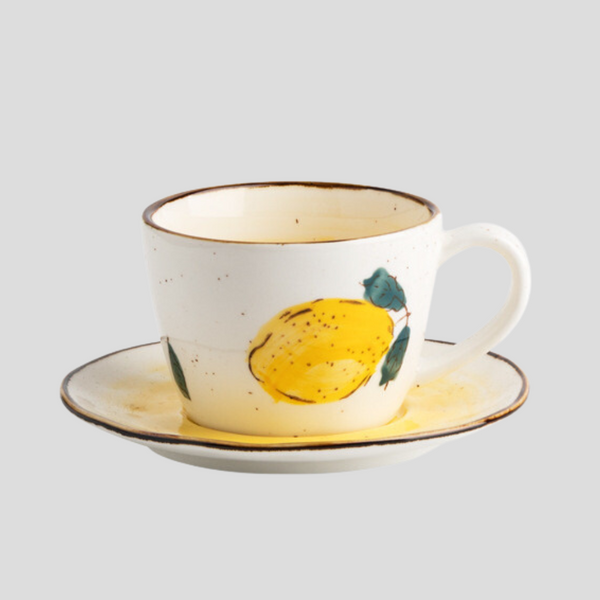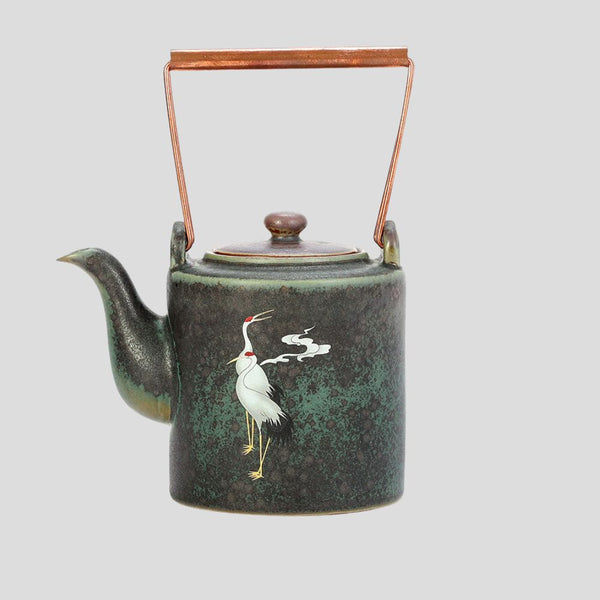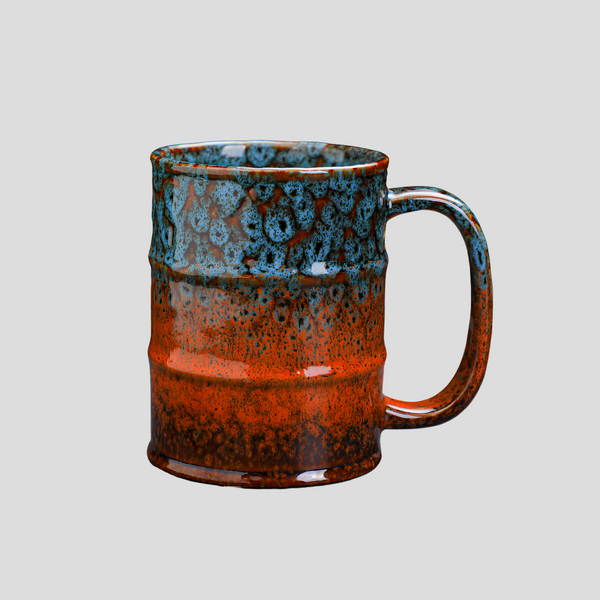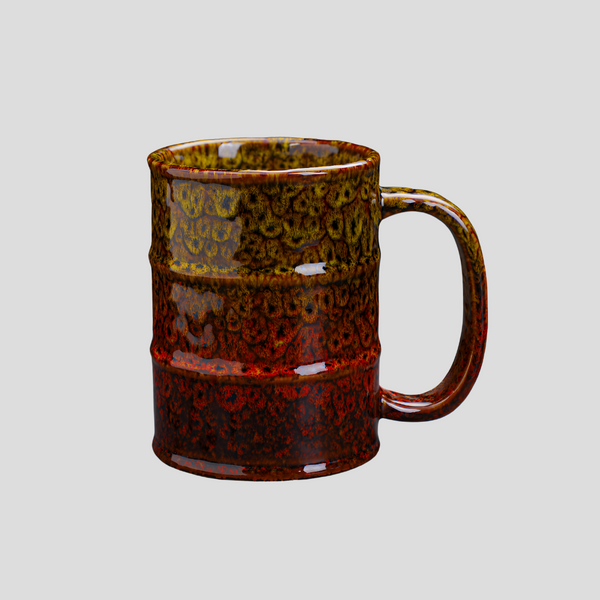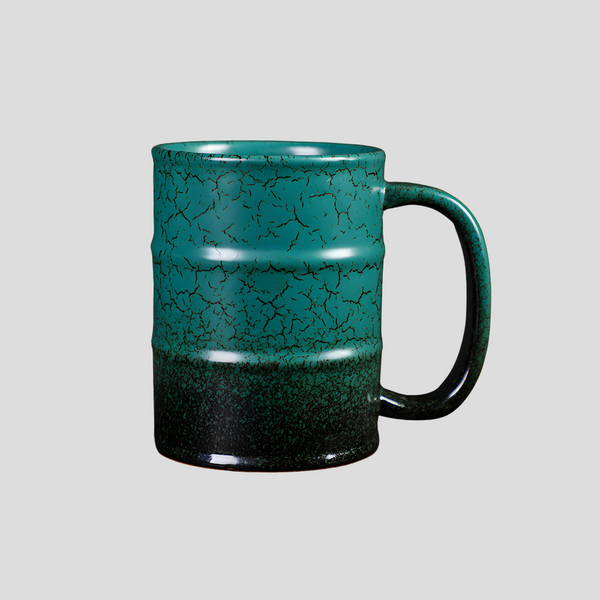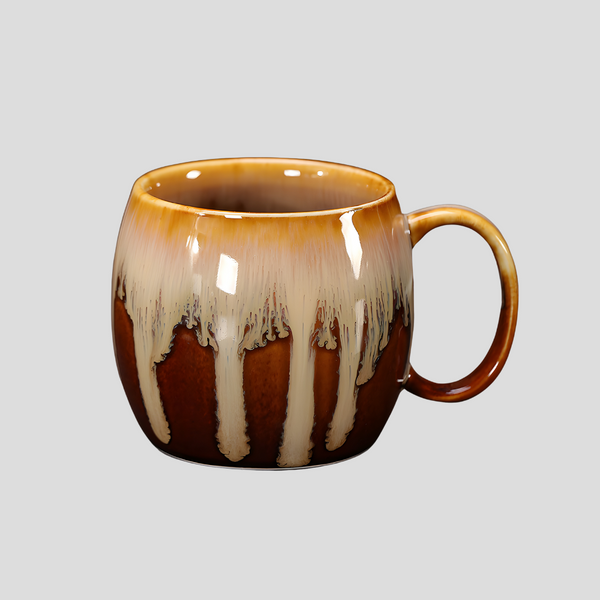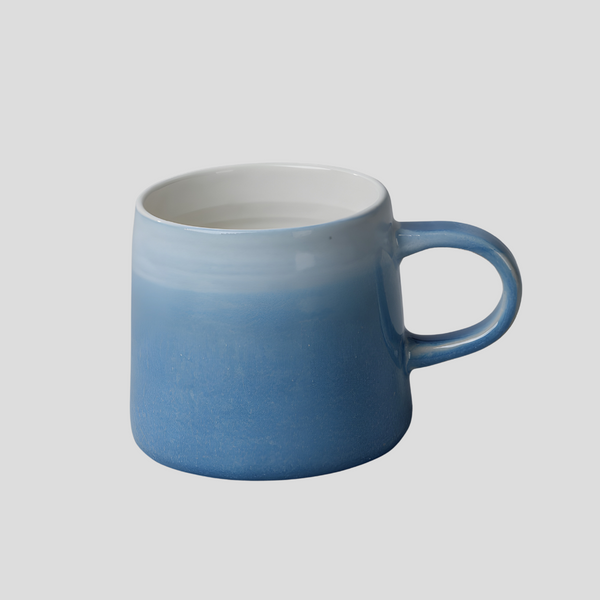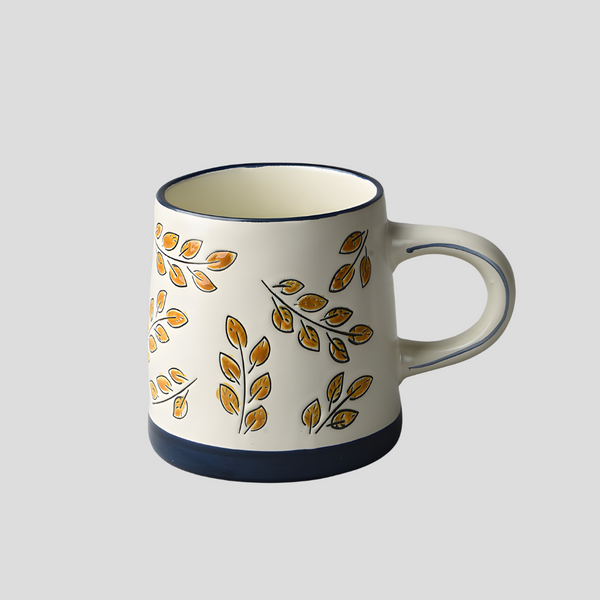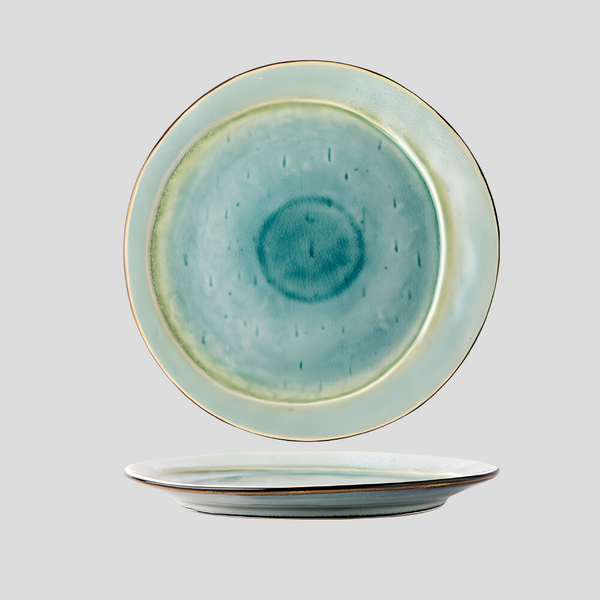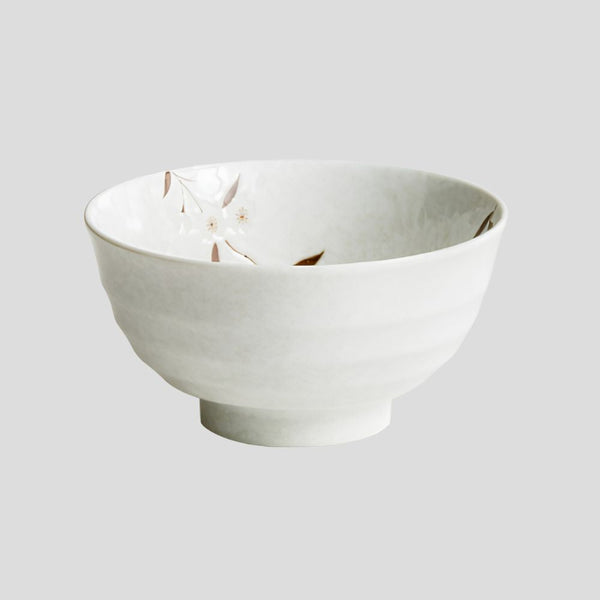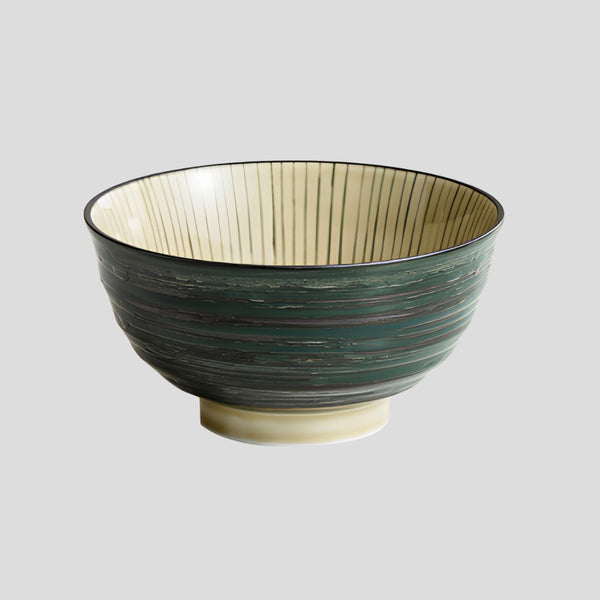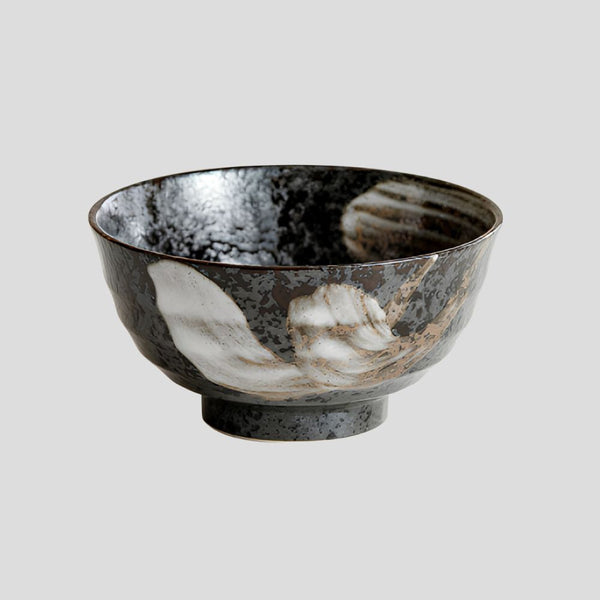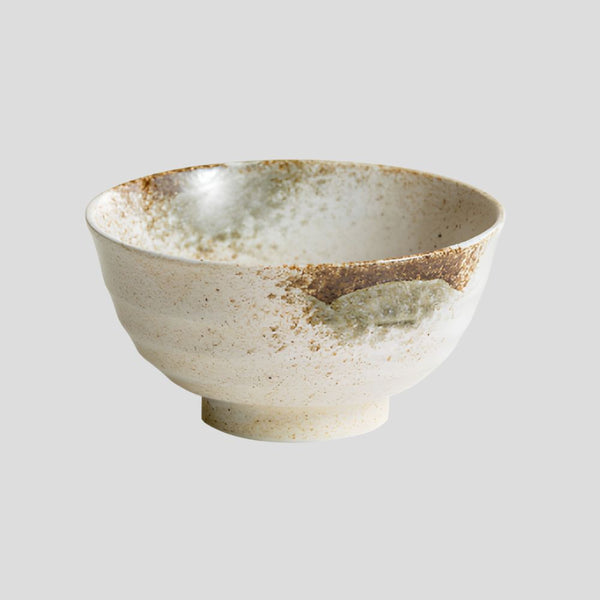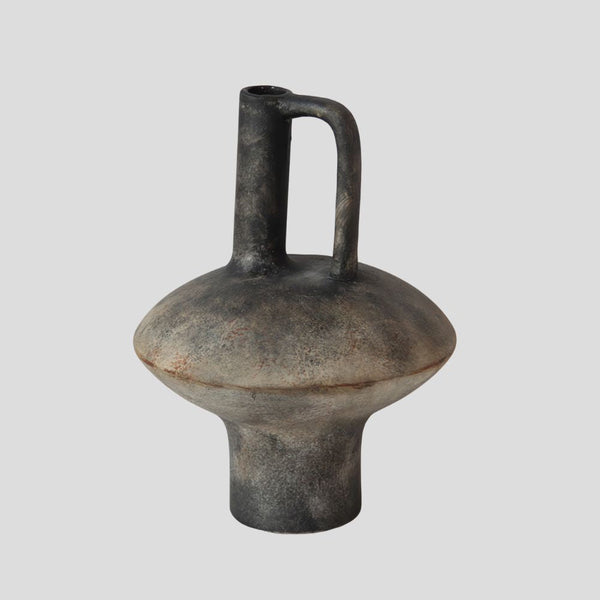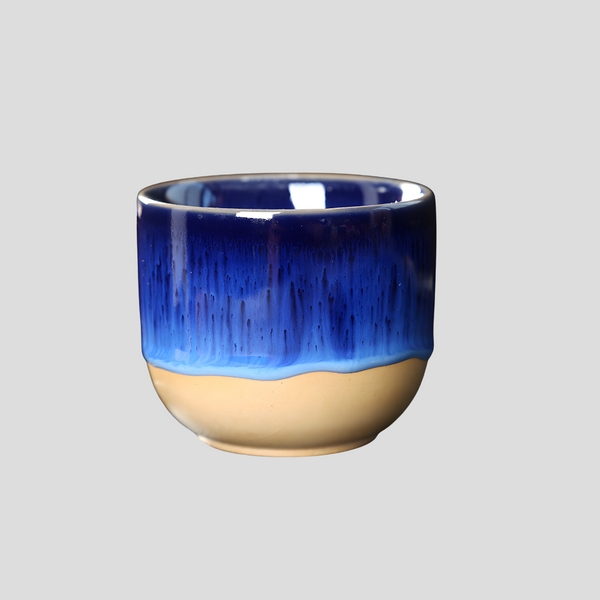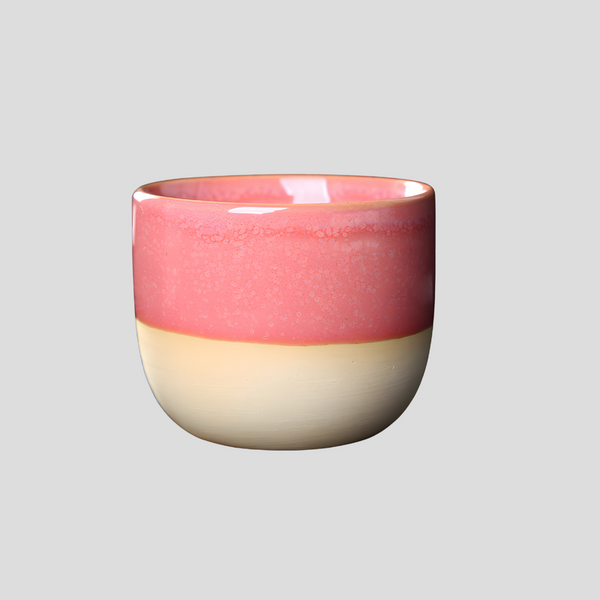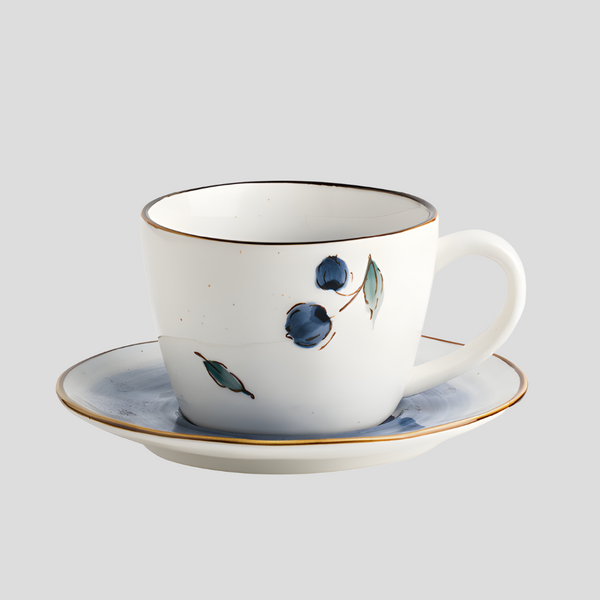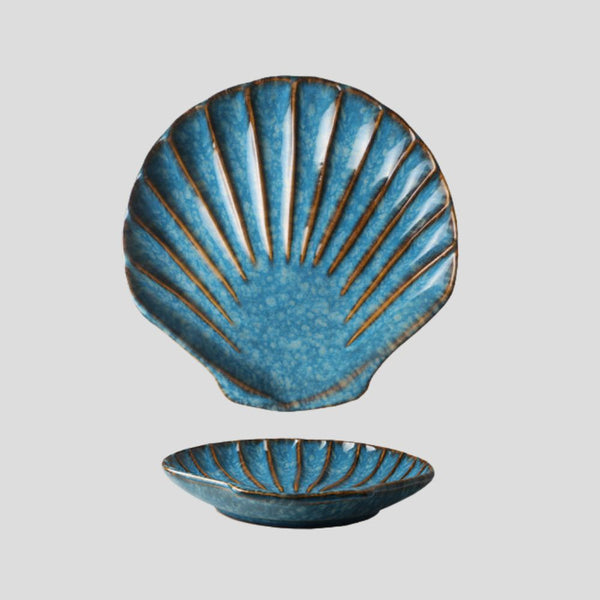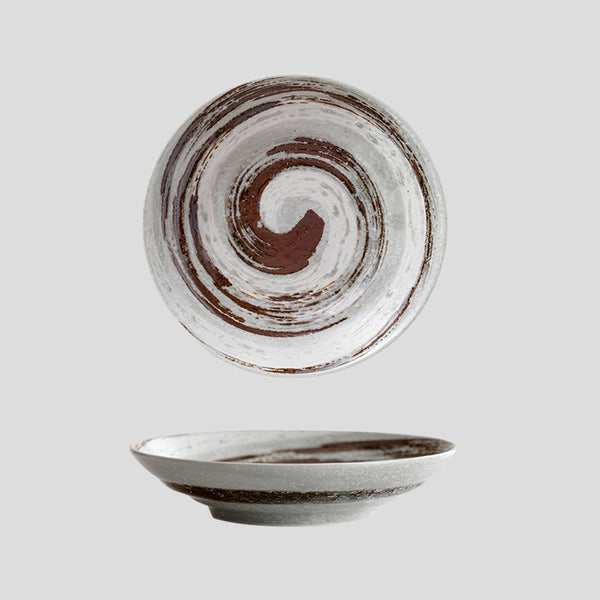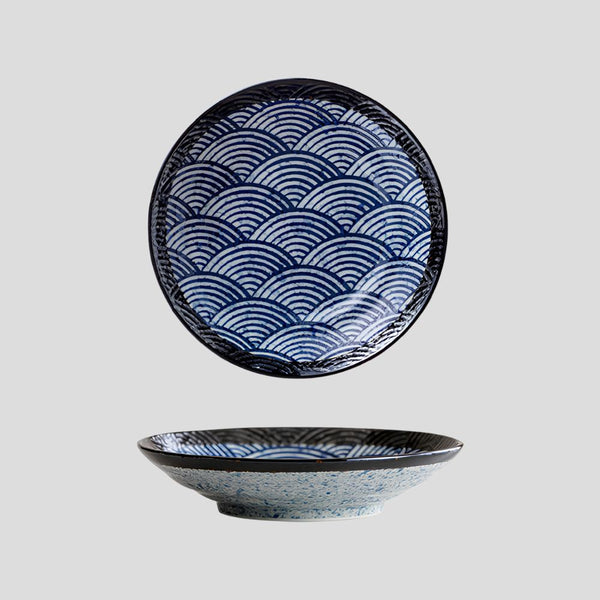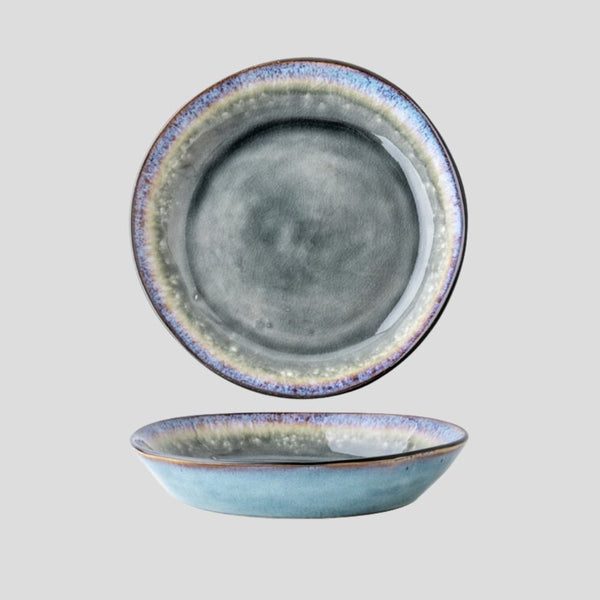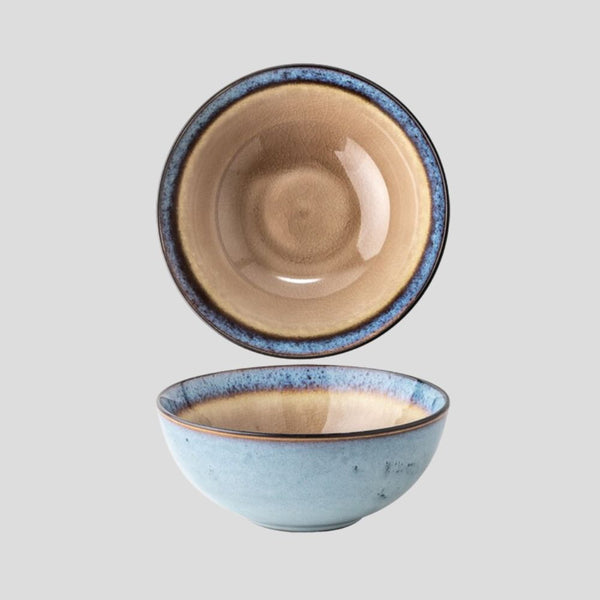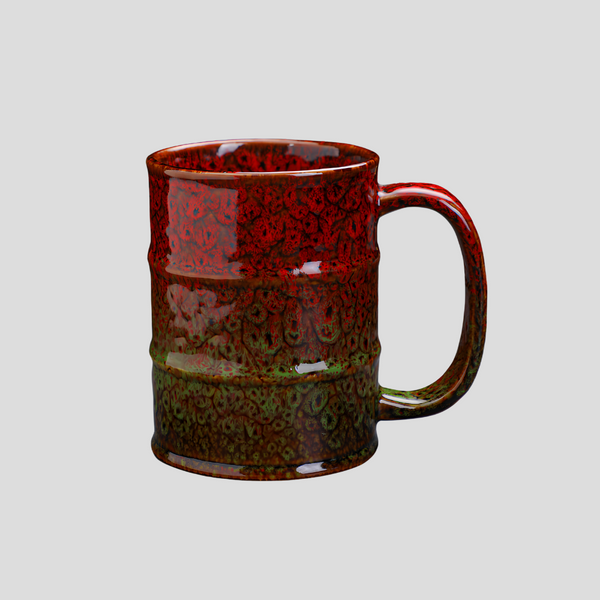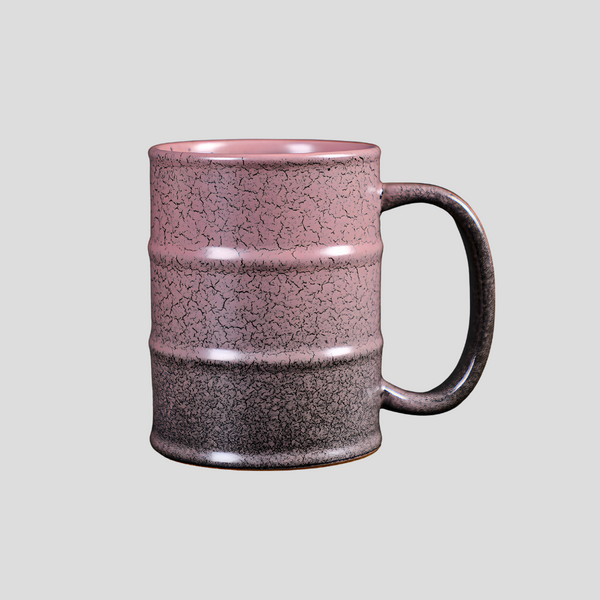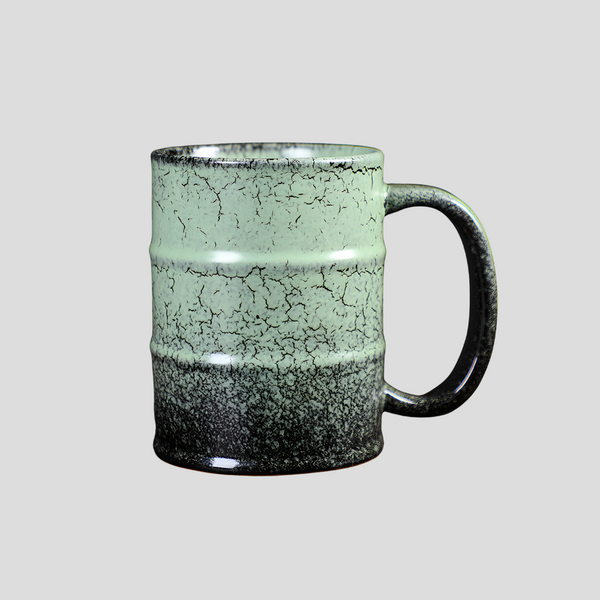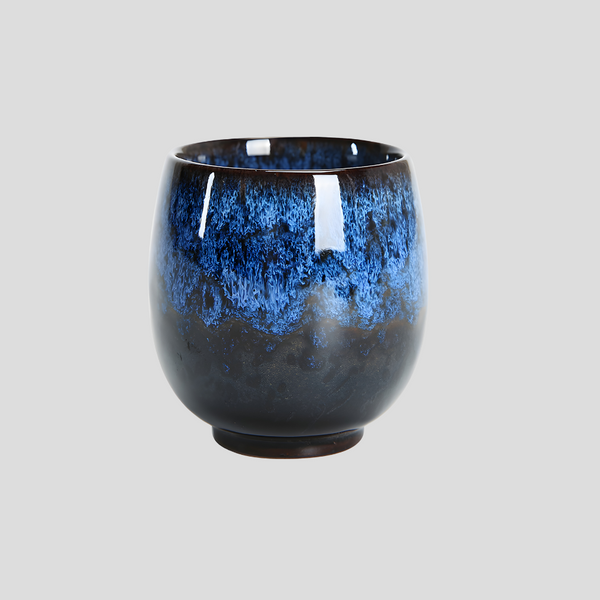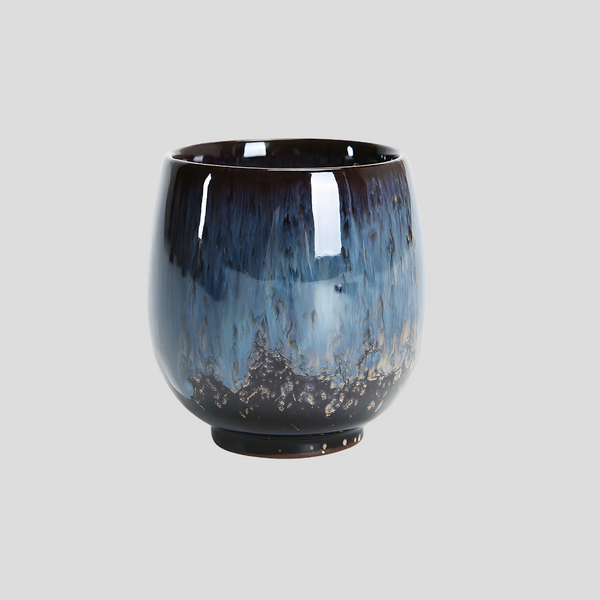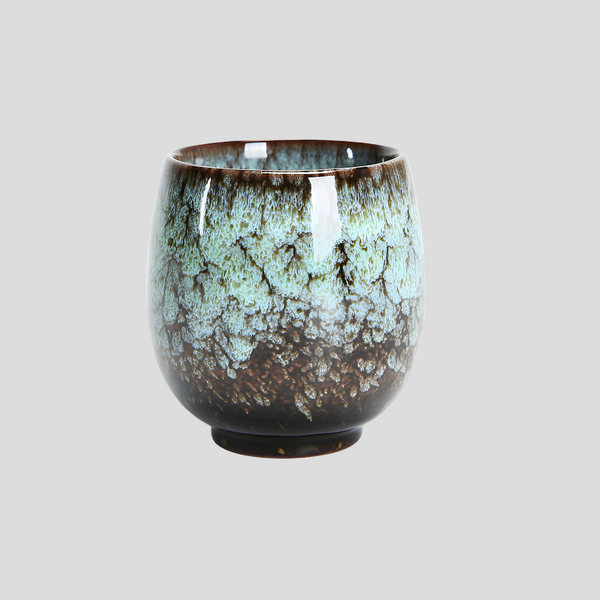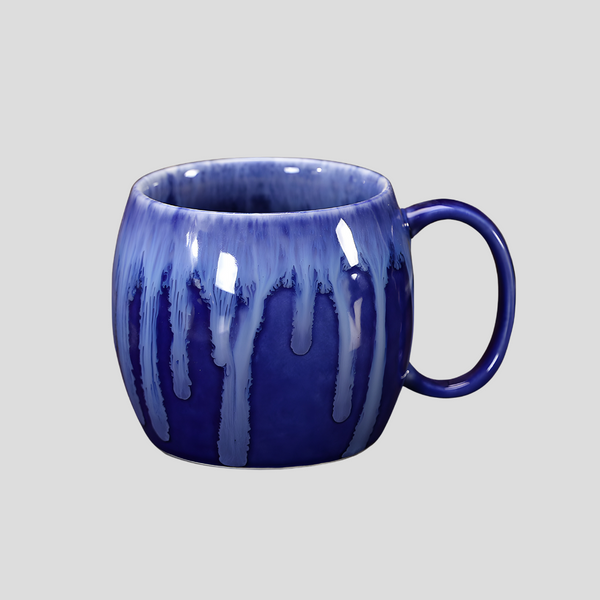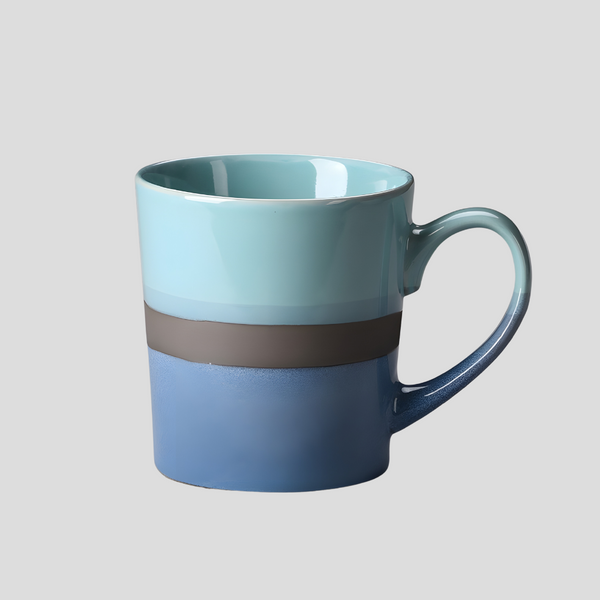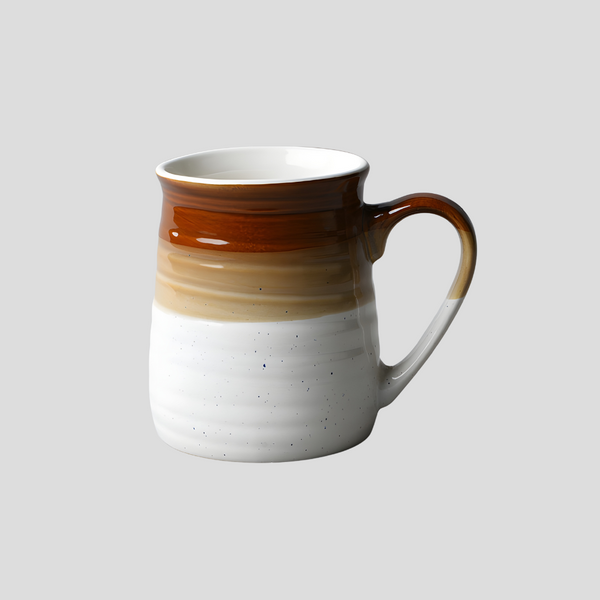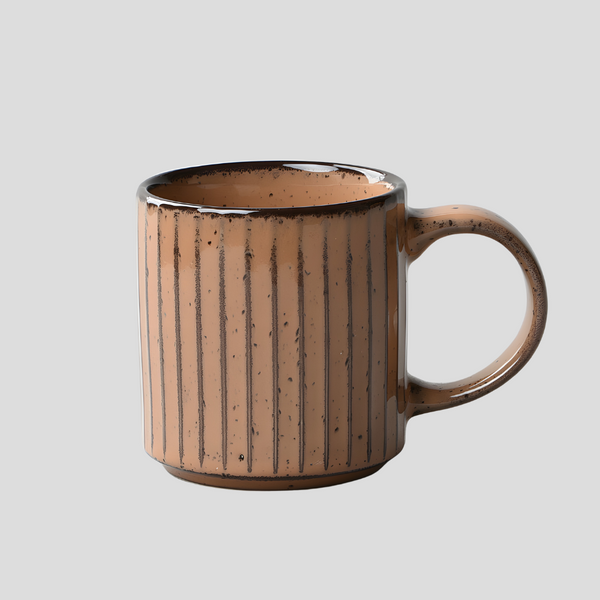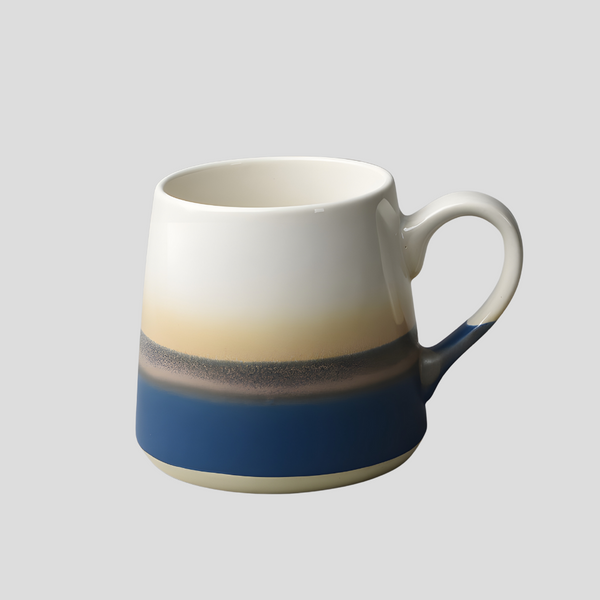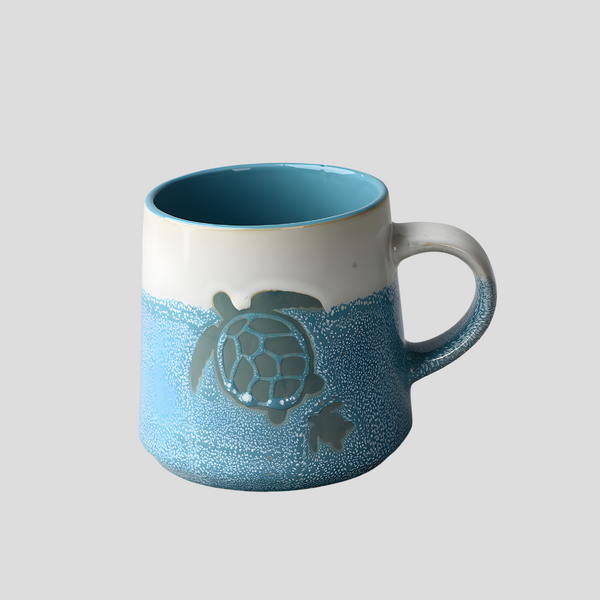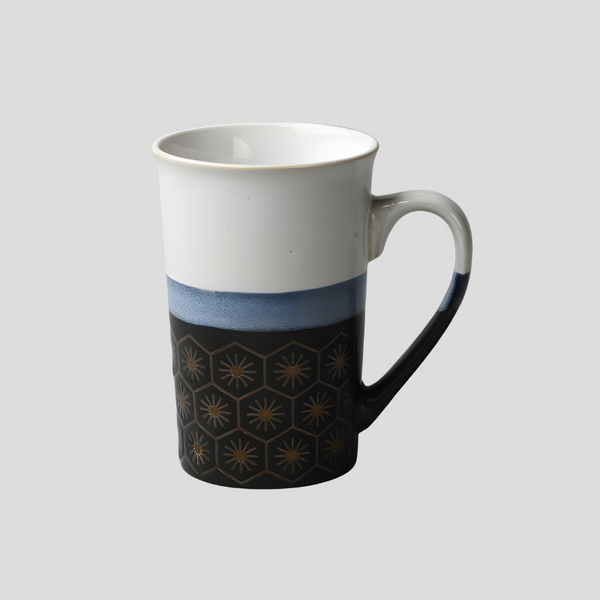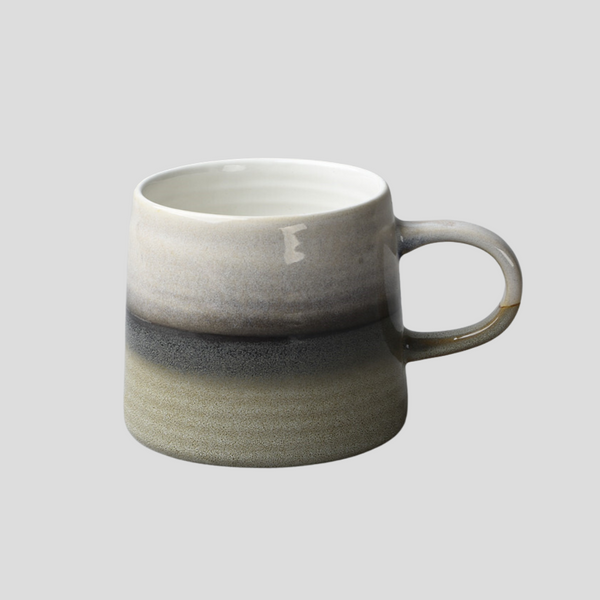
Exploring the Beauty of Chase Japan Ceramics
The artistry and craftsmanship found in Chase Japan ceramics have long captured the attention of collectors and enthusiasts around the world. These remarkable pieces, marked by their exquisite detail, vibrant colors, and intricate designs, reflect a tradition of ceramic making that spans centuries. Chase, not a place but often a term found associated with these ceramics, relates more to the chase or pursuit of Japanese aesthetic perfection rather than a geographical location. Here, we explore the unique beauty and history of these captivating artworks, revealing why they continue to allure and fascinate those who come across them. The tradition of ceramic production in Japan is one of the oldest and most esteemed in the world, dating back to the Neolithic Jomon period (around 14,000–300 BCE). However, the term Chase Japan often refers to a particular interest in Japanese ceramics, especially from the late 19th to the early 20th century. This period was marked by a fascination with Japanese art and culture in the West, part of the broader Japonisme movement, which significantly influenced European art and design. Western collectors chased after Japanese ceramics, seeking to capture the essence of Japanese aesthetic ideals within their collections. Chase Japan ceramics are celebrated for their diversity in styles and techniques. Among the most renowned are the Satsuma, Kutani, Imari, and Raku wares, each distinguished by unique characteristics. Satsuma ware, for instance, is famous for its crackled glaze and intricate gold and polychrome decorations depicting Japanese figures, landscapes, and flora. Kutani ware is known for its vibrant colors, often featuring detailed landscapes and animal motifs. Imari ware, highly prized in both Japan and the West, is characterized by bold patterns and colors, predominantly in blue and red. Raku ware, on the other hand, is valued for its more subdued, earthy qualities, reflecting the wabi-sabi aesthetic of imperfection and transience. The creation of Chase Japan ceramics is a meticulous process that involves several stages, from forming and firing to decorating and glazing. Artisans use various techniques to shape the clay, including hand-building, wheel-throwing, and pressing into molds. Once formed, pieces are bisque-fired, glazed, and then undergo a final firing. Decoration techniques can include hand-painting, dipping, and the use of stencils. The skill and creativity of Japanese potters are evident in every detail, from the choice of clay to the final glaze, contributing to the unique character of each piece. For collectors, Chase Japan ceramics represent not just aesthetic beauty but also a deep historical and cultural significance. The process of collecting these pieces can be as rewarding as it is challenging, requiring knowledge, patience, and a keen eye. When collecting, it is essential to research and understand the different styles, marks, and signatures that denote authenticity and period. Condition is also a crucial factor, as age and usage can affect the value and desirability of a piece. Despite these considerations, building a collection of Chase Japan ceramics can be a profoundly enriching experience, offering insight into the rich heritage and artistic achievements of Japan. The allure of Chase Japan ceramics lies in their remarkable beauty, craftsmanship, and the rich cultural stories they embody. Each piece serves as a testament to the skill and artistry of Japanese potters, who have perfected their craft over centuries. For enthusiasts and collectors, these ceramics offer a tangible link to Japan's artistic heritage, encapsulating the pursuit of beauty that defines Japanese aesthetics. As we continue to explore and appreciate these exquisite creations, they remind us of the enduring wonder and inspiration to be found in the world of art and collectibles.Exploring the Beauty of Chase Japan Ceramics
Historical Background
Characteristics and Styles
The Process
Collecting Chase Japan Ceramics
Conclusion
